Categories: Digital Marketing.
50 Creative Writing Prompts for Writers
Finding a new story idea often feels impossible, especially when every draft starts to sound the same. Fresh prompts can break that cycle by giving you a clear starting point and a small spark to Read more
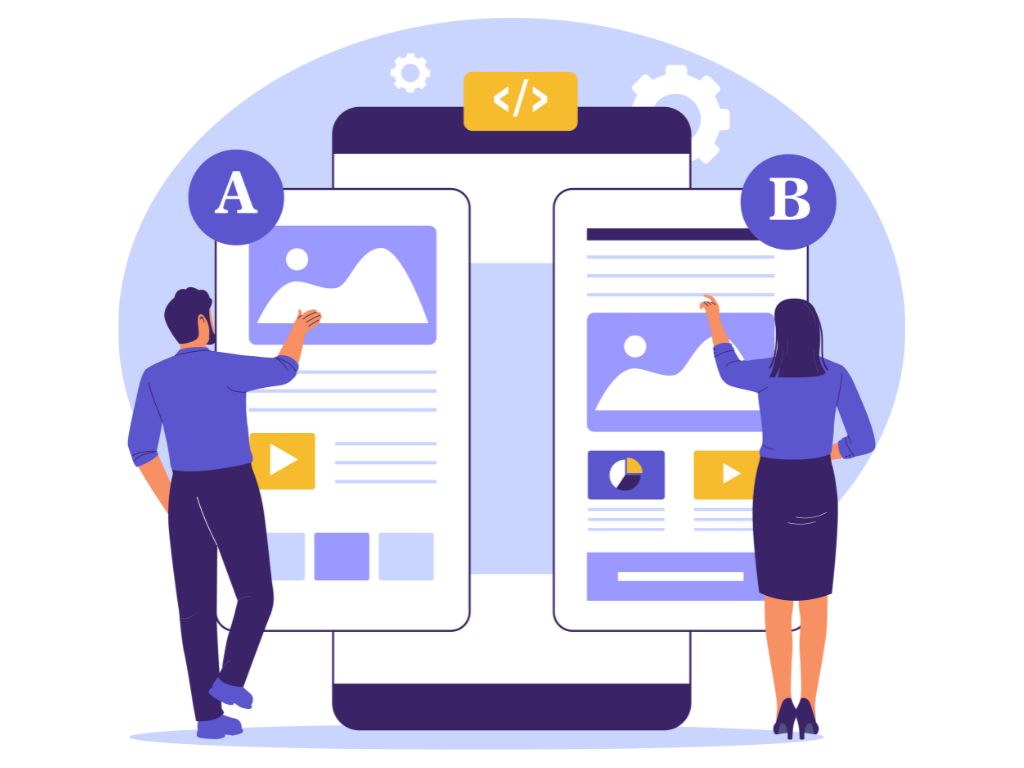

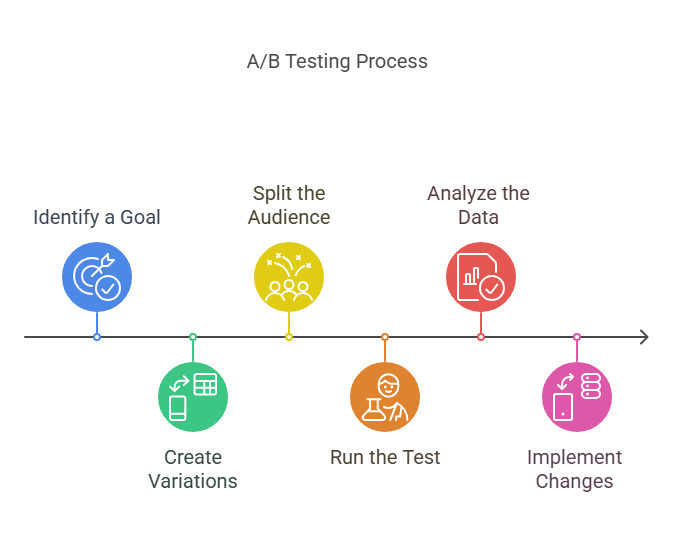
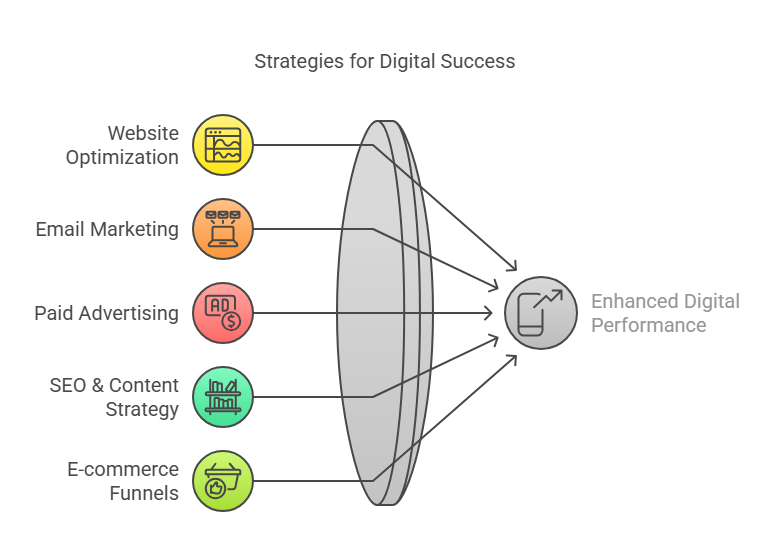

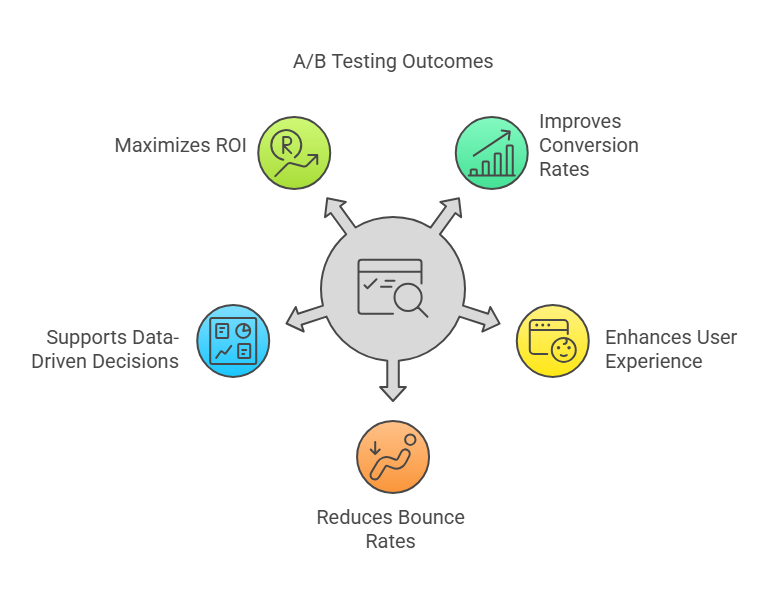
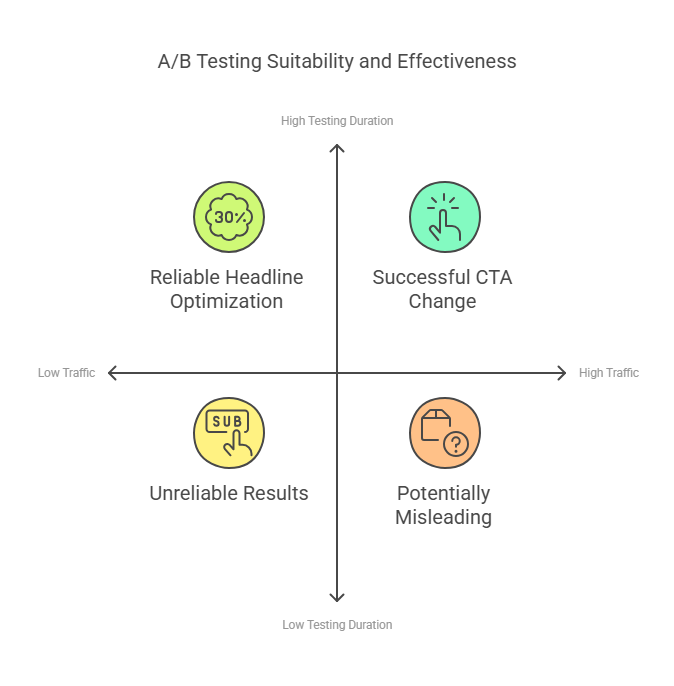
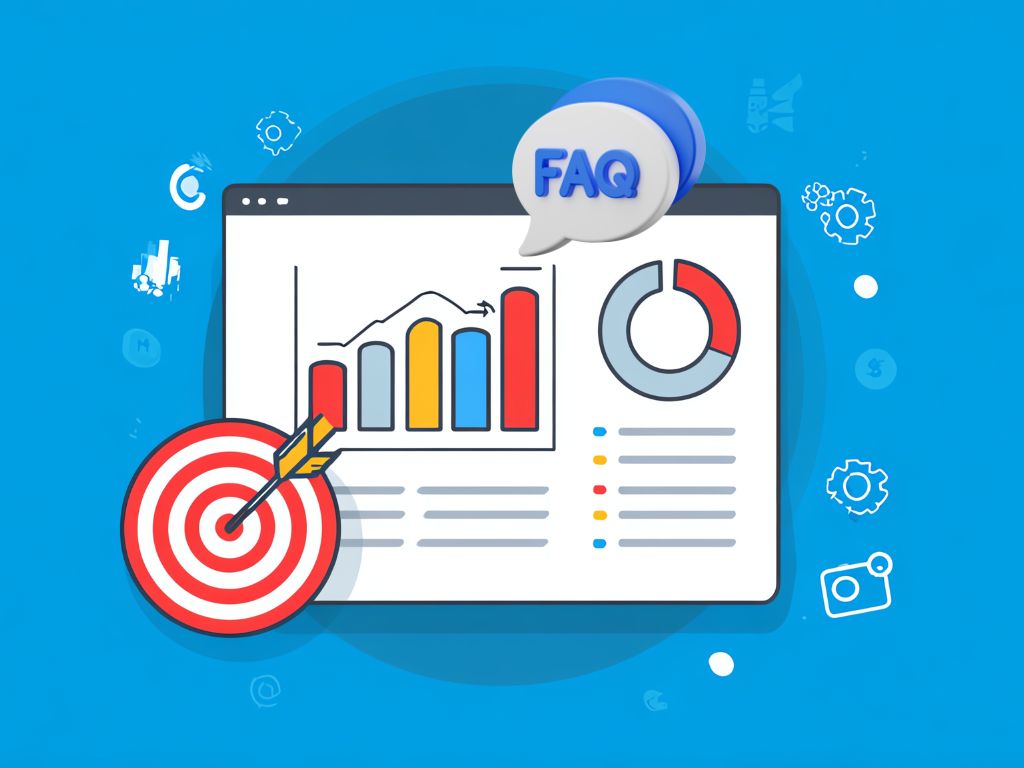
2 Comments
ClickFunnels vs Leadpages: The Brutally Honest 2025 Showdown - Ismel Guerrero. · March 23, 2025 at 9:59 pm
[…] A/B Testing Strategies for Beginners Test one element at a time—like a headline, CTA button, or offer format—for clearer data. […]
High-Converting Landing Pages to Maximize Results - Ismel Guerrero. · July 5, 2025 at 8:54 am
[…] Check out our A/B Testing Guide. […]